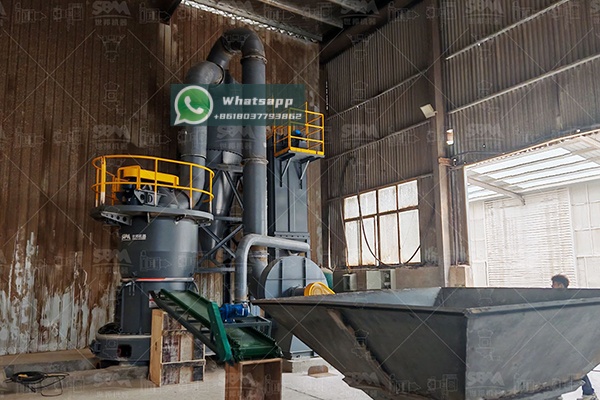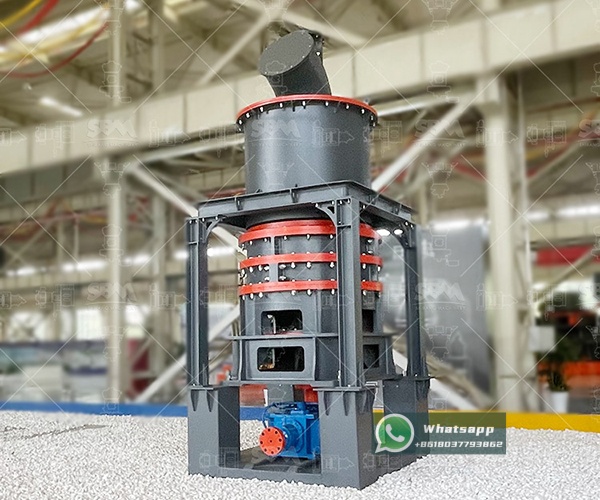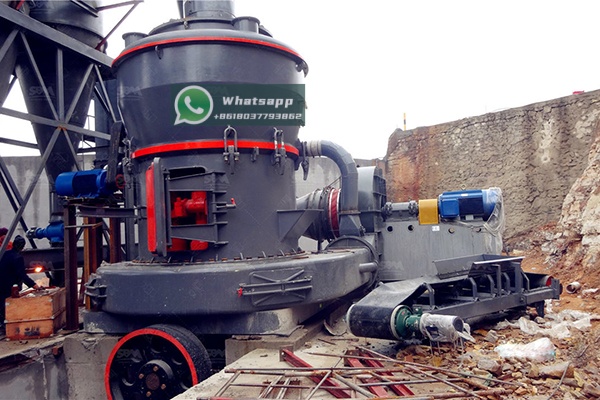The global transition to clean energy and electrification has placed unprecedented demands on battery technology, with manganese dioxide (MnO₂) emerging as a critical material in both traditional alkaline batteries and advanced lithium-ion formulations. European battery manufacturers face the dual challenge of meeting stringent quality standards while maintaining competitive production costs. This article explores the technical requirements for manganese dioxide processing in the modern battery industry and examines how advanced grinding technology can optimize production efficiency and product quality.
Manganese dioxide serves as a fundamental component in various battery chemistries due to its excellent electrochemical properties, abundance, and cost-effectiveness. In alkaline batteries, MnO₂ acts as the cathode material, while in lithium-ion batteries, it’s increasingly used in formulations like lithium manganese oxide (LMO) spinel structures. The performance characteristics of MnO₂ in these applications are heavily dependent on particle size distribution, purity, and morphological properties – all of which are directly influenced by the grinding process.
Optimal particle size distribution ensures maximum surface area for electrochemical reactions while maintaining proper packing density. Too coarse particles reduce active material utilization, while excessively fine particles can cause handling difficulties and reduce battery performance. The ideal grinding system must therefore produce consistent, controlled particle sizes with minimal contamination and energy consumption.

Processing manganese dioxide for battery applications presents several unique challenges that require specialized grinding equipment. MnO₂ is typically a hard, abrasive material with Mohs hardness ranging from 2-6.5 depending on its crystalline structure. This abrasiveness leads to significant wear on grinding components, potentially introducing metallic contaminants that compromise battery performance and safety.
Furthermore, manganese dioxide’s thermal sensitivity requires careful temperature control during grinding. Excessive heat can cause phase transformations or reduction reactions that degrade the material’s electrochemical properties. Moisture control is equally critical, as water absorption can lead to undesirable side reactions in finished batteries.
Shanghai Zenith Machinery Co., Ltd., as an excellent manufacturer of ore grinding equipment, has developed specialized solutions that address the precise requirements of manganese dioxide processing for the battery industry. With extensive experience in ultra-fine powder grinding technology, Zenith offers equipment specifically engineered to handle the challenges of battery material production.
For European manufacturers seeking to produce high-quality manganese dioxide for battery applications, the LUM Ultrafine Vertical Mill represents an optimal solution. This advanced grinding system integrates multiple functions including grinding, drying, classifying, and transportation in a compact, efficient package.
| Model | Main Machine Power (kW) | Capacity (t/h) | Size Distribution D97 (μm) | Recommended for MnO₂ |
|---|---|---|---|---|
| LUM1525 | 220-250 | 1.6-11.5 | 5-30 | Pilot to Medium Scale |
| LUM1632 | 280-315 | 2.0-13.5 | 5-30 | Medium Scale Production |
| LUM1836 | 355-400 | 2.3-15 | 5-30 | Large Scale Production |
The LUM series offers several distinct advantages for manganese dioxide processing. Its intelligent control system allows precise regulation of grinding parameters to achieve consistent particle size distribution. The integrated classification system ensures that only properly sized particles proceed to collection, while oversize material is efficiently returned for regrinding. This closed-circuit operation maximizes efficiency and product quality.
Furthermore, the LUM mill’s vertical design minimizes floor space requirements – a significant consideration for European manufacturing facilities where space often comes at a premium. The system’s low vibration and noise levels comply with strict European environmental regulations, while its energy-efficient operation helps manufacturers meet sustainability targets.

For manufacturers requiring even finer particle sizes or processing smaller batches of specialized manganese dioxide formulations, the XZM Ultrafine Grinding Mill provides an excellent alternative. This mill is specifically designed for superfine powder production and can achieve output fineness ranging from 325 to 2500 mesh – ideal for advanced battery applications where nano-scale materials may be required.
| Model | Working Diameter (mm) | Max Feed Size (mm) | Final Size (mesh) | Output (kg/h) | Main Motor Power (kW) |
|---|---|---|---|---|---|
| XZM221 | Φ800 | ≤20 | 325-2500 | 500-4500 | 75 |
| XZM268 | Φ1680 | ≤20 | 325-2500 | 5000-25000 | 315 |
The XZM mill’s ability to handle moisture content below 6% makes it particularly suitable for manganese dioxide processing, where controlled humidity is essential. Its wide application range and high productivity, combined with relatively easy maintenance, make it a cost-effective solution for European battery material producers.
European battery manufacturers operate within a rigorous regulatory framework, including the Battery Directive and REACH regulations. Zenith’s grinding equipment is designed to help manufacturers comply with these standards through several key features:
A leading European battery material manufacturer recently transitioned to Zenith’s LUM1836 Ultrafine Vertical Mill for their manganese dioxide processing line. The results demonstrated significant improvements across multiple metrics:
These improvements translated directly to enhanced battery performance, with finished cells showing 15% higher capacity retention after 500 cycles compared to material processed using conventional grinding methods.

The European battery industry continues to evolve rapidly, driven by increasing demand for electric vehicles and grid storage applications. Future developments in manganese dioxide processing will likely focus on even tighter particle size control, reduced energy consumption, and enhanced integration with downstream battery manufacturing processes.
Shanghai Zenith Machinery is committed to advancing grinding technology in parallel with these industry trends. Ongoing research focuses on developing even more efficient classification systems, advanced wear-resistant materials, and smart manufacturing capabilities that integrate with Industry 4.0 initiatives.
For European battery manufacturers processing manganese dioxide, selecting the appropriate grinding technology is not merely an operational decision but a strategic one that directly impacts product quality, regulatory compliance, and competitive positioning. The LUM Ultrafine Vertical Mill and XZM Ultrafine Grinding Mill from Shanghai Zenith Machinery offer sophisticated solutions that address the specific challenges of battery material production.
By leveraging Zenith’s expertise in ultra-fine powder grinding, European manufacturers can achieve the precise particle characteristics required for advanced battery applications while maintaining efficiency, sustainability, and compliance with regional regulations. As the global battery market continues its rapid expansion, those who invest in advanced processing technology today will be best positioned to lead tomorrow.